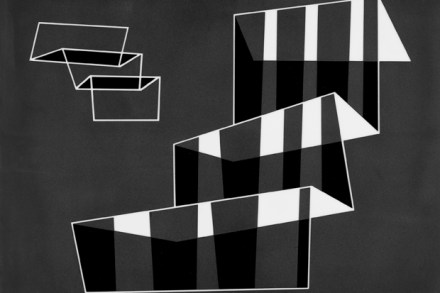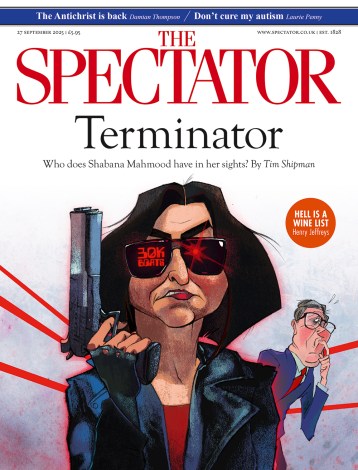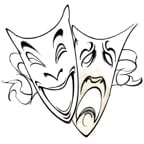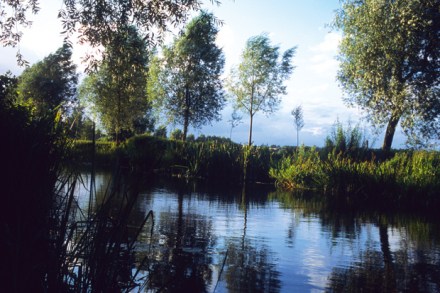Josef Albers: roaring diagonals and paradisiacal squares
ExhibitionsJosef Albers (1888–1976) is best known for his long engagement with the square, which he painted in exquisite variation more than a thousand times. A German–American painter, he trained in Berlin and Munich before enrolling at the Bauhaus (the leading modernist art and design school) in 1920. He was a student there for three years





























